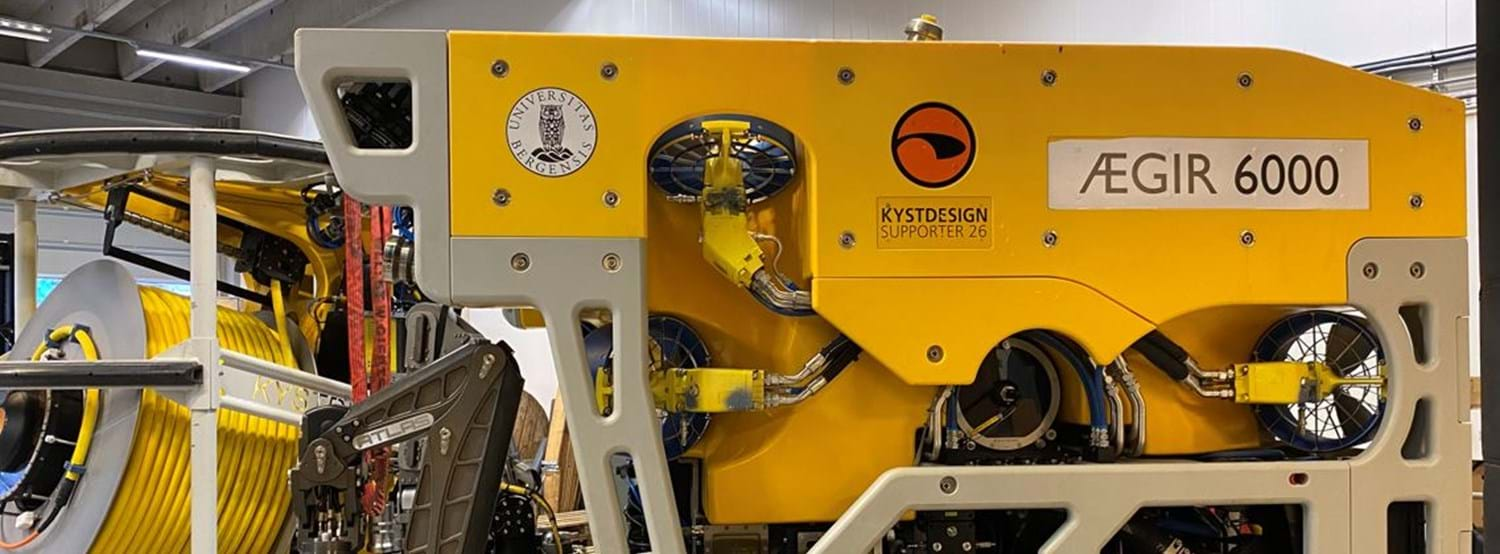Market and Resource Potential

Market potential
It is difficult to estimate the marked potential for marine minerals before the resource potential is explored in more details.
Rystad Energy has made a first attempt to quantify the value creation potential in Norway. They estimate as many as 21 000 new jobs and 200 billion NOK in annual value creation in its highest of four scenarios. Marine minerals are set out to be a global industry with huge export potential.
EY has written two reports discussing possible scenarios and value creation potential for the Norwegian sector:
- Perspectives on the development of deep-sea mineral industry in Norway
- Future visions about marine minerals on the NCS ("Fremtidsmuligheter innen marine mineraler på norsk kontinentalsokkel "Report language: Norwegian)
Norway has a long and proud ocean history with the potential to take a global leading role in this emerging ocean industry. We have high environmental standards, good management of ocean resources and close public-private collaboration. Norway has world-class offshore technology, knowledge and expertise, as well as a strong process and metallurgic industry.
Marine minerals have many similarities and technology transfer potential with especially geology, subsea technology and marine operations.
Resource potential
The Norwegian Offshore Directorate has prepared a resource assessment of the seabed minerals on the Norwegian continental shelf.
The report concludes that substantial resources are in place on the seabed.
More detailed mapping will be required to establish the resource potential more accurately on the Norwegian shelf.
The resource potential for polymetallic nodules is quite well documented. The US Geological Survey estimated an abundance of about 15kg/m2 in the Clarion-Clipperton Fracture Zone (CCZ) in the Pacific off the west coast of Mexico, where 18 of the 31 ISA exploration licenses are given.
It is estimate that the majority of the world’s cobalt, nickel and manganese are located at the seabed.
Seabed massive sulfides (SMS) is highly inhomogeneous and three-dimensional resources located within a radius about 100-200 meters. SMS resources estimation requires a significant amount of deep (tens of meters) core samples to quantity the resource potential. Current SMS-mapping comes in most cases with a sampling bias at the surface of sites close to spreading ridges.
GCE Ocean Technology is working to support technology development and exploration activity to better quantify the resource potential of marine minerals.
